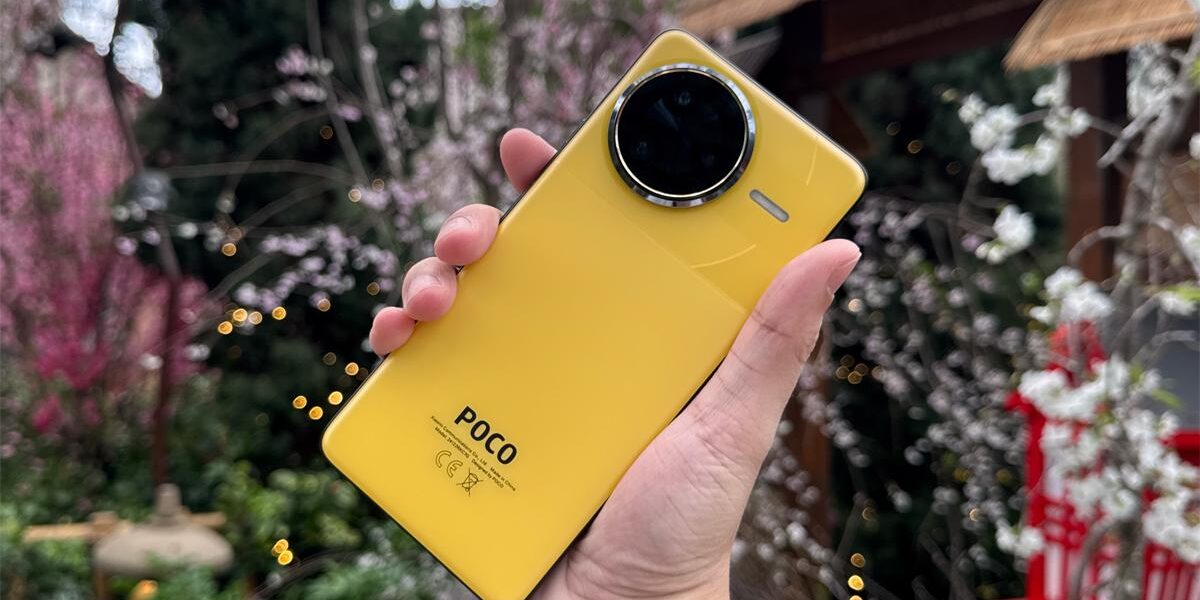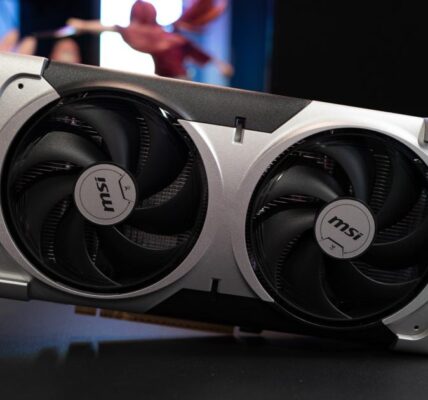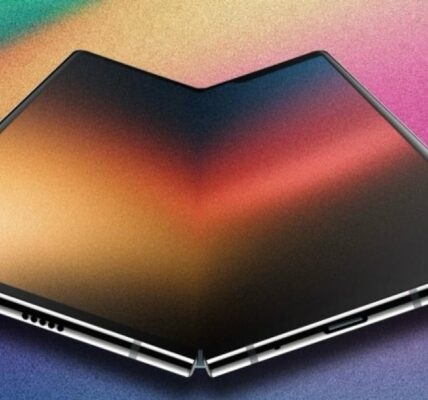Hands-on: Poco F7 Ultra’s photography punches above its weight
Note: This feature was first published on 27 March 2025.

How exactly is it more affordable? Let us count the ways
With Poco introducing an Ultra model for the phone for the first time in its flagship F series, it’s natural to have high hopes for the Poco F7 Ultra.
Given that this Xiaomi sub-brand is specifically designed to be a flagship killer, most readers would also know that such devices might have compromises to keep their costs under control.
However, it’s hard to pinpoint precisely where the compromises are. To recap from our Poco F7 series news and pricing piece:
- It’s priced at S$869 (12GB RAM + 256GB storage), about half the price of the phones it’s trying to compete against (e.g., the OPPO Find X8 Pro at S$1,649 for 512GB and the Samsung Galaxy S25 Ultra at S$1,828 for 256GB).
- It has a Snapdragon 8 Elite chipset, which is pretty crazy given how new this premium flagship chipset is and the prices of phones that come with one.
- It has all the hygiene factors in place, like a 5,300mAh battery with 120W wired and 50W wireless charging, fast RAM and storage technologies at LPDDR5X and UFS 4.1, an IP68 rating for resistance, and a high-resolution AMOLED 120Hz panel, among many other pricier components.
- The software isn’t vastly inferior because it’s based on the same Xiaomi HyperOS 2 found on the Xiaomi 15 Ultra. It even has Xiaomi HyperAI and Gemini, and both are fairly acceptable AI packages.
- The Poco F7 series will come with four generations of firmware upgrades and six years of security updates.
As you can already guess, we need to find out whether its triple rear cameras are helping with cost-cutting measures.
Poco F7 Ultra imaging overview

Here’s a recap on the rear camera specs:
- 50MP main camera: Light Fusion 800 image sensor, 2.0μm 4-in-1 Super Pixel (pixel-binning technique), 1/1.55-inch sensor size, f/1.6 aperture, 6P lens, OIS, 24mm focal length
- 50MP floating telephoto camera: f/2.0, OIS, 60mm focal length
- 32MP ultrawide camera: f/2.2 aperture, 120° field-of-view
Okay, maybe it doesn’t have some insane 100x digital zoom support or laser-based rangefinders for precise focusing, but Poco F7 Ultra’s camera combo isn’t shabby for something under a thousand bucks.
That’s even before you consider that it has mastery over five focal lengths if you count in the in-sensor crop-zoom on the main and telephoto cameras. That gives us optical ultrawide (15mm), the primary camera itself (24mm), the in-sensor 2x crop zoom (48mm), the optical 2.5x zoom (60mm), and the 5x in-sensor crop of that (120mm).
You can even go up to 240mm, which is 10x digital. There are also 1.2x and 1.5x zoom presets by tapping the 1x icon multiple times for 28mm and 35mm equivalent focal lengths.
Photo samples
Does that mean the imaging quality needs to suck, just so that we can make sense of its S$869 asking price? Here are some daylight samples with our observations:
(Photos are only edited to reduce file size and ensure web compatibility. Shots are taken with default settings: JPG format and HDR-enabled).











By cover its key focal lengths, it let us draw many conclusions about the basics of Poco F7 Ultra’s photography. First, it’s somewhat similar to the contrast profile seen in Leica Authentic, even though Xiaomi handsets have a Leica partnership, not Poco.
Darker areas do lose some detail, but this is not debilitating to the phone, given its excellent colour balance and detail retention where there’s sufficient light. Here’s another set for more reference, with different challenges for the camera to complete.






It was less surprising that ultrawide is the weakest of the lot, with noticeable fisheye distortion and poorer control over colours, unlike its telephoto and main cameras.
What impressed us was how the digital 10x zoom samples fared. To know it’s not an optical shot requires a closer look.
Then again, modern mobiles hardly struggle with good lighting, much less one that’s designed to make you regret buying premium devices. Poco has some AI magic that is hard at work here.
However, if you start introducing more challenges, the Poco F7 Ultra shows how it tries to make up for shortfalls in lighting and other shooting factors.


Given its detail retention, these are passable food photos for a flagship killer. But if we want to find fault, we can point out how its high-touch approach to contrast makes the chicken satay look more burnt than it is.
Plus, the single cube of fried carrot cake looks less appetising by turning its sauce into a pile of charred mush. Considering this is food from a Michelin-starred Peranakan restaurant, we imagine it’s not the chef’s mistake.
These are harsh words, but these are not bad photos for an indoor venue.



Here are photo samples taken through a glass tank at a local aquarium to prove that the Poco F7 Ultra has more to offer. The main camera of the Poco F7 Ultra could handle low-light shooting and produce decent images. Here, you can determine our intended subjects, and see how it keeps the focus on them.
The catch, however, is consistency. Here’s more jellyfish that shows you why low-light is about getting lucky with your shots.


You might need to retry your shots if the lighting does not favour your intentions. While these aren’t bad photos because the resulting image gave off an artistic vibe, it wasn’t what we wanted for the Poco F7 Ultra.





Nighttime is when Poco F7 Ultra shows the difference in capability between optical and “optical-like” photos. The primary camera and 2.5x zoom produce fantastic images even without sufficient lighting. As usual, ultrawide isn’t exciting here, while its 5x optical-like zoom was a surprisingly decent image, even if it’s not as detailed as the 2.5x shooter it’s based on.





That’s not to say that high contrast is excusable, though. This series of night skyline views should tell you just as much. We don’t have problems with its detail retention in well-lit zones, like the lights lining our famous durian-shaped theatre and the hotel’s occupancy rate for the evening based on clearly defined lights through its windows.
Venturing beyond that, you get blotches of black where they shouldn’t be, like some missing rooftops on lower-rise buildings, and trees just looking like sad lumps of bathroom mold.
Imaging summary

Short of its high-contrast approach, the Poco F7 Ultra punches above its weight. It’s more than what we’d expect from budget flagship price points. It even has some bright spots for its capabilities, like the excellent daytime colourisation, detail retention, and even enough success in low-light conditions.
The combination of its price and how it almost measures up to premium alternatives in certain scenarios forces us to entertain thoughts like buying two of such phones rather than one premium device. It’s not going to replace what the Xiaomi 15 series of phones can muster, but it makes you reconsider what value could look like if your needs go beyond your own by getting the device in more hands.
The Poco F7 Ultra, available in Yellow or Black, starts at S$869 for 12GB RAM and 256GB storage. Read our pricing news for all the availability and offer details.
Curious about how it compares to its main brand’s premium offering? Read our Xiaomi 15 Ultra review here.




